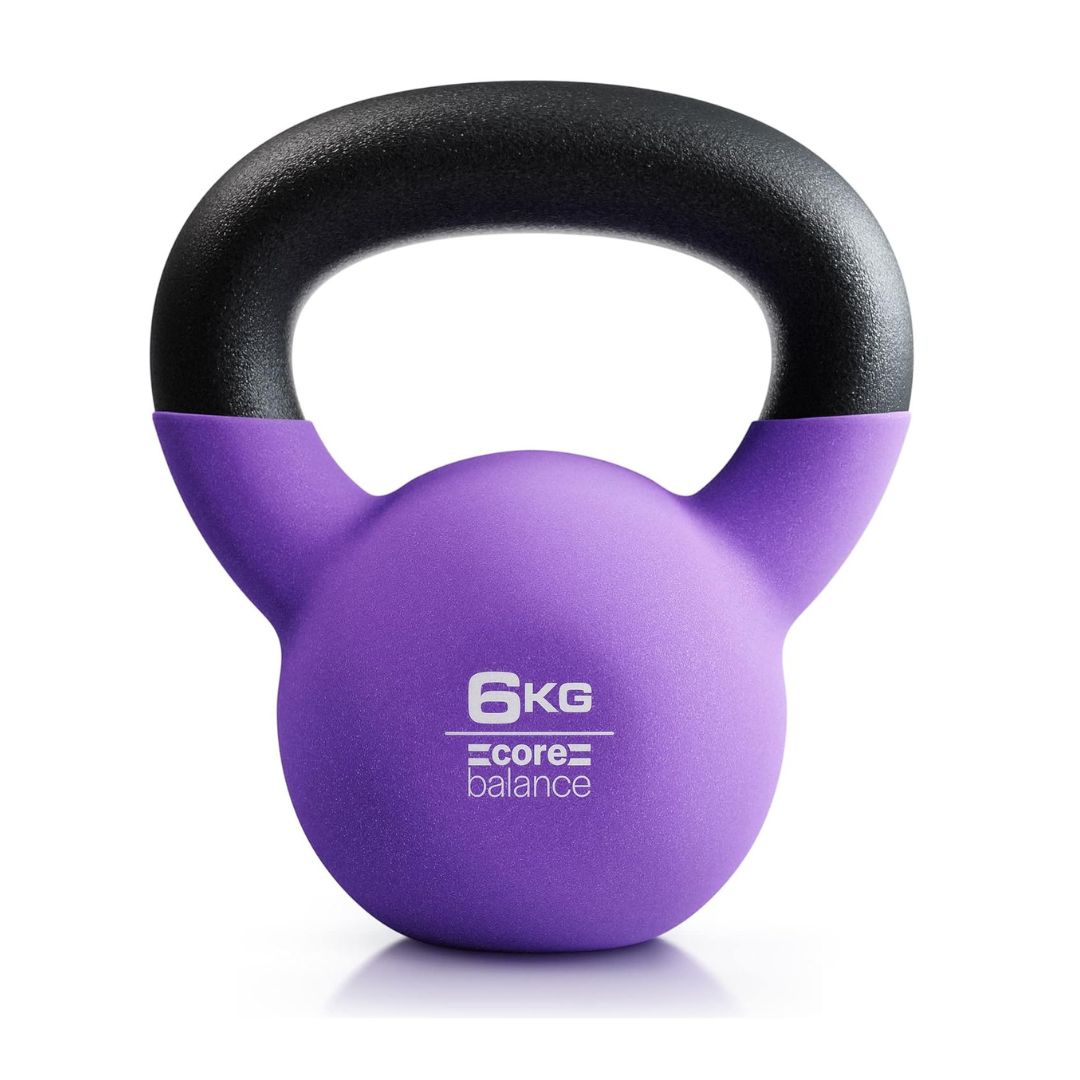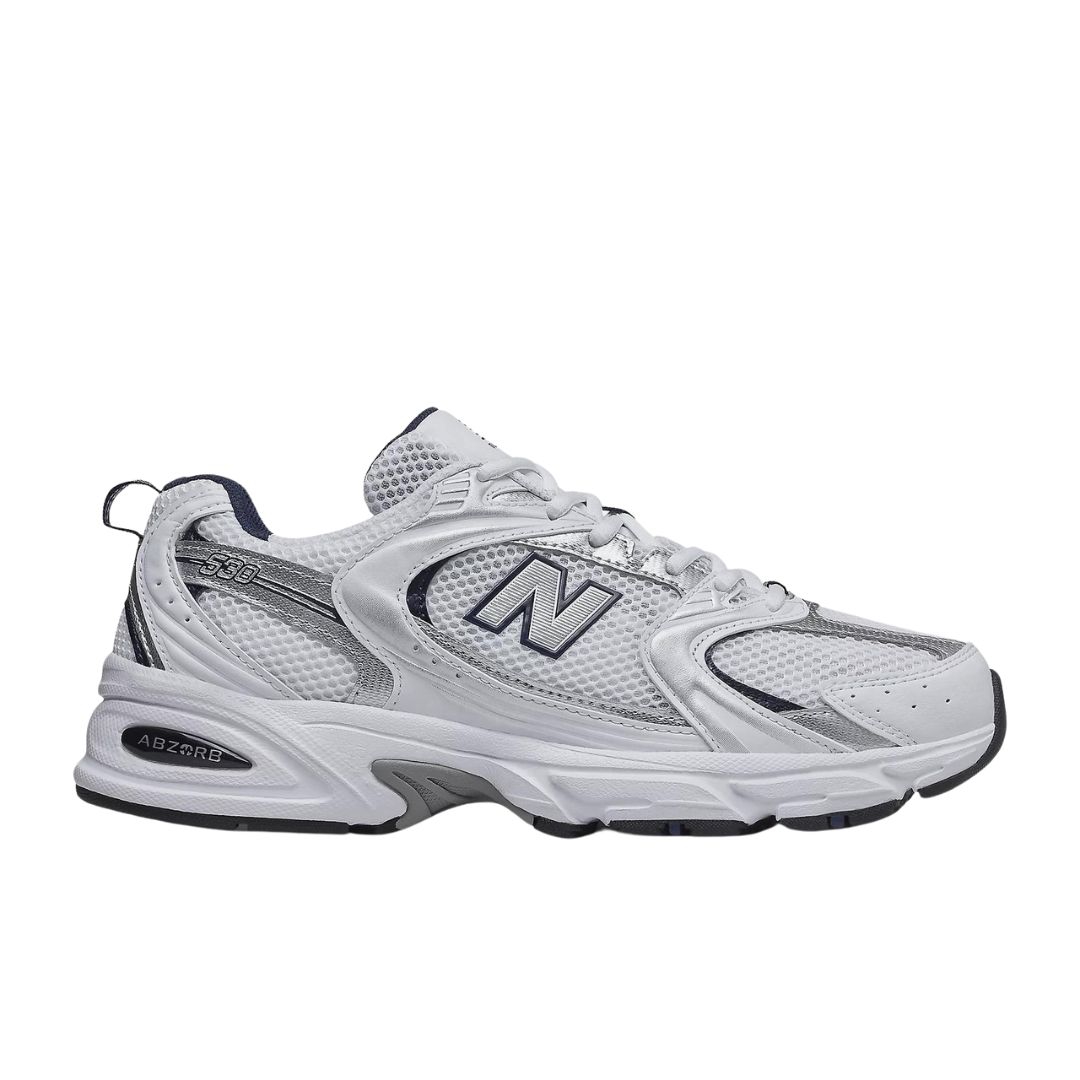Can you build muscle with bodyweight exercises? Here's what top PTs had to say
Spoiler alert: you can, but there are a few caveats.


Building muscle comes with a whole host of health and well-being benefits. Be it improved metabolism, lower risk of certain diseases or injury-proofing your body. But can you build muscle with bodyweight exercises? Or should you be throwing some weights around too?
Well, the good news is that anyone can benefit from bodyweight exercises — be it those new to strength training, seasoned weight-training pros or runners. That’s because bodyweight exercises are a form of strength training that uses an individual’s weight to provide resistance against gravity. So, as the name gives away, to complete a bodyweight exercise, all you need is your own body weight to get going.
“When we talk about bodyweight exercises, we automatically think burpees and other types of jumping exercises, which would be too difficult and unrealistic for a big chunk of the population,” Luiz Silva, head of fitness and wellbeing at Castle Royle explains. “But the reality is that the majority of bodyweight exercises can be regressed to suit everyone's level of strength and fitness.” This means bodyweight exercises are accessible and doable from anywhere. Plus: “People with injuries or movement limitations can also have a body program tailored to suit their capabilities and get good results from it,” Silva adds.
But to build muscle by only using your bodyweight, progressive overload will be key. To find out more, keep scrolling. We spoke to PTs to find out how long it takes to build muscle from bodyweight exercises, how to do so, and if it’s ok to only complete bodyweight workouts. You might also be interested in the best strength training workouts and the difference between resistance training vs strength training, while you’re at it.
Can you build muscle with bodyweight exercises? PT's explain
Can you build muscle with bodyweight only?
Absolutely! But according to Silva, the key to building muscle is to create a ‘stimulus that will challenge the muscle in its current capacity’. So in other words? “If the movements and sets are causing the muscle to struggle and fatigue, there will be a regeneration of muscle protein,” he says.
“This adaptation is caused by better muscle cell recruitment in the exercise (fully using all the cells in the muscle) and then by those cells growing and causing the muscles to become stronger. This is the main reason why 10 push-ups can be difficult on the first week, but then become more achievable on weeks 2, 3 and 4," the PT notes.
If you intend to keep growing muscle by completing bodyweight exercises you’ll want to implement progressive overload. You could do this by adding higher repetitions, decreasing rest time, increasing time under tension and/or training to failure.
Celebrity news, beauty, fashion advice, and fascinating features, delivered straight to your inbox!
How long does it take to build muscle with bodyweight exercises?
There’s no cookie-cutter answer to this. Everybody is different and this will depend on a handful of factors. Silva says these variables include:
- Age
- Gender
- Exercise and session intensity
- Exercise and session duration
- Frequency of the sessions recovery periods
- Nutrition
“Some people can get visible results in as quick as four weeks, but these are the odd cases,” the PT says.
And research on this topic varies. One 2018 study, published in the European Journal of Applied Physiology, observed muscle growth from just 10 sessions. The same researchers stated it took 18 sessions to see 'significant' muscle hypertrophy. On the other hand, a previous study, published in 2017, concluded that 'significant increases in lean mass' were observed after seven workouts which were completed over four weeks.
“To cover any muscle adaptation period and then growth phase, it's better to have a more conservative approach and look at a 12 to 16-week period, provided that the program and exercises get progressed and updated in order to ensure they're still suitable (ie: don't spend 16 weeks doing sofa squats as they'll need to be progressed in order to keep bringing results in)," Silva recommends.
Is it OK to only do bodyweight exercises?
That depends on the individual and fitness goals. “There are so many advantages to bodyweight exercise, like if you don't have access to the gym, are short on time and it can be a great option for Pre and Post Natal,” personal trainer and Healf MOVE ambassador Sophie Shanks says. “However, I do recommend a blend of training sessions during the week.”
And Silva agrees, adding his reasons why: “If no other equipment is ever available, you can just keep progressing the exercises and sets in order to keep the results coming in.” But eventually, the PT says the participant's level of fitness will get to a point where the exercises will require quite an ‘explosive level of intensity’ in order to keep generating that muscle hypertrophy. “Which may be a bit much to do every session,” the expert notes. If the individual has access to a gym facility, my suggestion is to mix some weight sessions with some bodyweight ones.” Dumbbell workouts and kettlebell workouts, at the ready.
The best bodyweight exercises to help build muscle, according to PTs
1. Squats
What? The humble bodyweight squat is something we all do on the daily. That's because each time we sit or stand, we're essentially squatting onto a sofa, seat or desk chair.
Why? “I know this one seems a little simple but they are a fantastic compound movement that involves the quads, hamstring & glutes," Shanks says. "These can also be done with loads of different variations, such as a squat jump, or you can add weights or a resistance band around the thighs to make it more challenging.
How long? 10-15 reps for 3 sets.
2. Tuck jump
What? Also known as a squat jump, as its name gives away, this is essentially is a squat in the air.
Why? "This is a more simple but explosive move, which allows me to get loads of reps in during a timed set," Silva notes. "This also works the fast twitch fibres in my muscles, especially on my glutes and hamstrings, which are the fibres that we tend to struggle to develop as we age, and the ones that help build muscle faster."
How long? 30 seconds on, 30 seconds rest. Try 3 sets to start with.
3. Negative Press Up
What? Begin in a plank position and slowly bend the elbows and chest towards the floor.
Why? “This is one I give to all my clients who are struggling to bridge the gap between press-ups on knees to press-ups on toes,” Shanks says. “And trust me, it works! This is exactly what I did to build my strength to the perfect press up.”
How long? 10 reps for 3 sets.
4. Back Extension
What? Lie down on your stomach, take your arms out, bring your head in line with your spine and carefully pull your upper body off the mat, then bring it back down.
Why? “We sit far too long at computers and on our phone these days, so much so that more and more people are having problems with their posture and back pain,” Shanks says. “This one is great for posture improvement as it is going to strengthen your back muscles.”
How long? 10 reps for 3 sets.
5. Dead Bug
What? This is often considered to be one of the best core exercises and it gets its name as it’s supposed to replicate a bug dead on its back. Lift your legs up at a 90 degree angle and your arms out in front of you. Raise and lower the opposite arms and legs while keeping your core engaged.
Why? “Not literally a 'Dead Bug' but the perfect way to engage your core without worrying about straining your neck,” Shanks says. “This one will also challenge your coordination so be sure to do these reps slowly (time under tension) and with control by bracing your abs.”
How long? 10 reps for 3 set
"I've been doing bodyweight exercises for 5 years and feel stronger than ever"
Chloe Thomas, 32, is a women’s health and wellness coach. She has been bodyweight training for five years after finding callisthenics. She now swears by it to help her build strength. Here, she explains why…
“I started callisthenics because I was getting bored of weight training in the gym and I didn’t feel like it was the most functional way of training. Bodyweight training felt more natural to me and it’s a fun and different way to train. I also travel a lot and it was a great way to workout when travelling. During lockdown, it was great as well as I could continue at home.
“I swear by pull-ups for the amazing way they work your back, lats and your core. They are also a great compound movement. The strength from these will transfer into so many other exercises. I love dips and press-ups for the way they work your triceps and chest. For core, I love hanging leg raises, which can be done with straight or bent legs. For legs and your glutes, a pistol squat is great. I also enjoy gym ring bicep curls.
"The biggest benefit for me, and also my clients, is how you use so many more muscles at once when doing an exercise which means you get stronger pretty quick. I have found my abs and core have gotten so strong from bodyweight training. I also love the satisfaction from bodyweight training. It is so rewarding when you learn a new exercise and get good at it — for example a handstand.
“If you’re new, I would start with the basics like banded pull-ups, kneeling press-ups, banded dips and some variations of lunges and squats. I would advise you to follow a programme so you can progress each week to get results. I would also start slow — don’t overwhelm yourself.”
Shop Marie Claire UK's go-to work-out kit:
What are the advantages of bodyweight exercises?
There are tons of advantages to performing bodyweight exercises. But for starters: “No equipment is required, so it can be done anywhere with no cost,” PT Luiz Silva, head of fitness and wellbeing at Castle Royle explains.
Most bodyweight exercises, like a squat, lunge or push-up, can also be adapted to suit anyone's fitness level. Plus, as Silva mentions: “[Bodyweight exercises] replicate daily moves so are extremely functional for all people.” But the icing on top of the cake when it comes to these no-equipment-necessary moves? “It can be quite fun once you get the hang of it,” the expert adds.

Rebecca, or Becks, is a freelance journalist with more than ten years of experience in the industry. She specialises in all things health and lifestyle and has written for a number of brands including Women's Health, Stylist, the Evening Standard, Good Housekeeping, The Telegraph, Live Science, Tom's Guide and Fit&Well. Becks also writes copy for a number of brands and small businesses.
When she's not weight training, tracking down the best gym leggings, reading a book or at her desk typing away, you'll find her in the kitchen perfecting a new recipe or bake.






